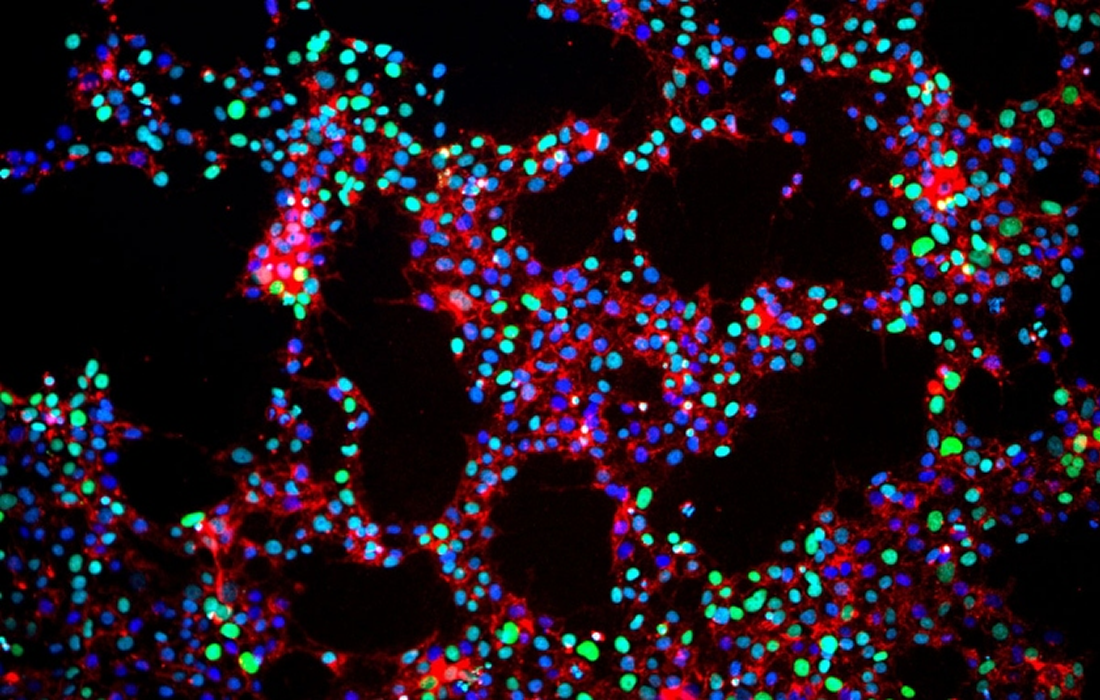Regenerative Medicine News and General Information
New Study in Mice Restored Mobility with Induced Pluripotent Stem Cells
Traumatic spinal cord injury (SCI) has an immediate and catastrophic impact on movement control and on all aspects of a patient’s health and quality of life. Primary trauma injury causes direct damage, which often leads to death of cells, disruption to blood-SC barrier, and degradation of extracellular matrix (ECM). All of these processes cause an inflammatory injury cascate that leads to progressive tissue damage and formation of a glial scar, causing permanent neural dysfunction.
Researchers have suggested a variety of therapeutic approaches including transplantation of different cell types or biomaterials into the injury site in the acute phase.
Recently a group of researchers from Israel have made paralyzed mice walk by giving them spinal cord implants with induced pluripotent stem cells (iPSCs) derived from human tissue.
In this approach, a small piece of fatty tissue biopsy is extracted from a patient and the cel-lular and acellular materials are separated. While the cells are reprogrammed to become iPSCs, the ECM is processed to become a personalized hydrogel
Following the encap-sulation of patient-specific iPSCs in the personalized hydrogel,efficient differentiation in a 3D permissive microenvironment is fostered, mimicking the embryonic development of the SC. The obtained functional SC implants may be introduced into the injury site to regain locomotion.
The researchers used 15 mice with long-term paralysis and 12 of them walked normally after the treatment.
“If this works in humans, and we believe that it will, it can offer all paralyzed people hope that they may walk again,” Prof. Tal Dvir’s research team at the Sagol Center for Regenerative Biotechnology told The Times of Israel, adding that discussions regarding clinical trials have been opened with America’s Food and Drug Administration.
The researchers believe that this type of approach will enable regeneration of the damaged tissue with no risk or rejection, and it will eliminate the need to suppress the immune system of recipients.
Dvir said that a company, Matricelf, has been formed to bring the technology to clinical trials, and he expects this to happen within two and a half years. He stressed that while the experiment so far involved mice, the implants were grown from human cells, meaning that the research is already at an advanced stage.
Sources:
Lior Wertheim, et al. Regenerating the Injured Spinal Cord at the Chronic Phase by Engineered iPSCs-Derived 3D Neural Networks. Adv Sci. 2022. DOI: 10.1002/advs.202105694.
Nathan Jeffay. (2022, Feb 2). World 1st: Hope for paralyzed as Israeli lab spinal cords restore mice mobility. The Times of Israel. Retrieved from:
https://www.timesofisrael.com/israeli-lab-made-spinal-cords-get-paralyzed-mice-walking-human-trial-in-3-years/
Image form:
Induced pluripotent stem cells that were reprogrammed from normal adult human tissue and have not yet been differentiated. Image from Gladstone Institutes. Retrieved from:
https://www.ucsf.edu/news/2016/09/404271/induced-pluripotent-stem-cells-10-years-after-breakthrough

